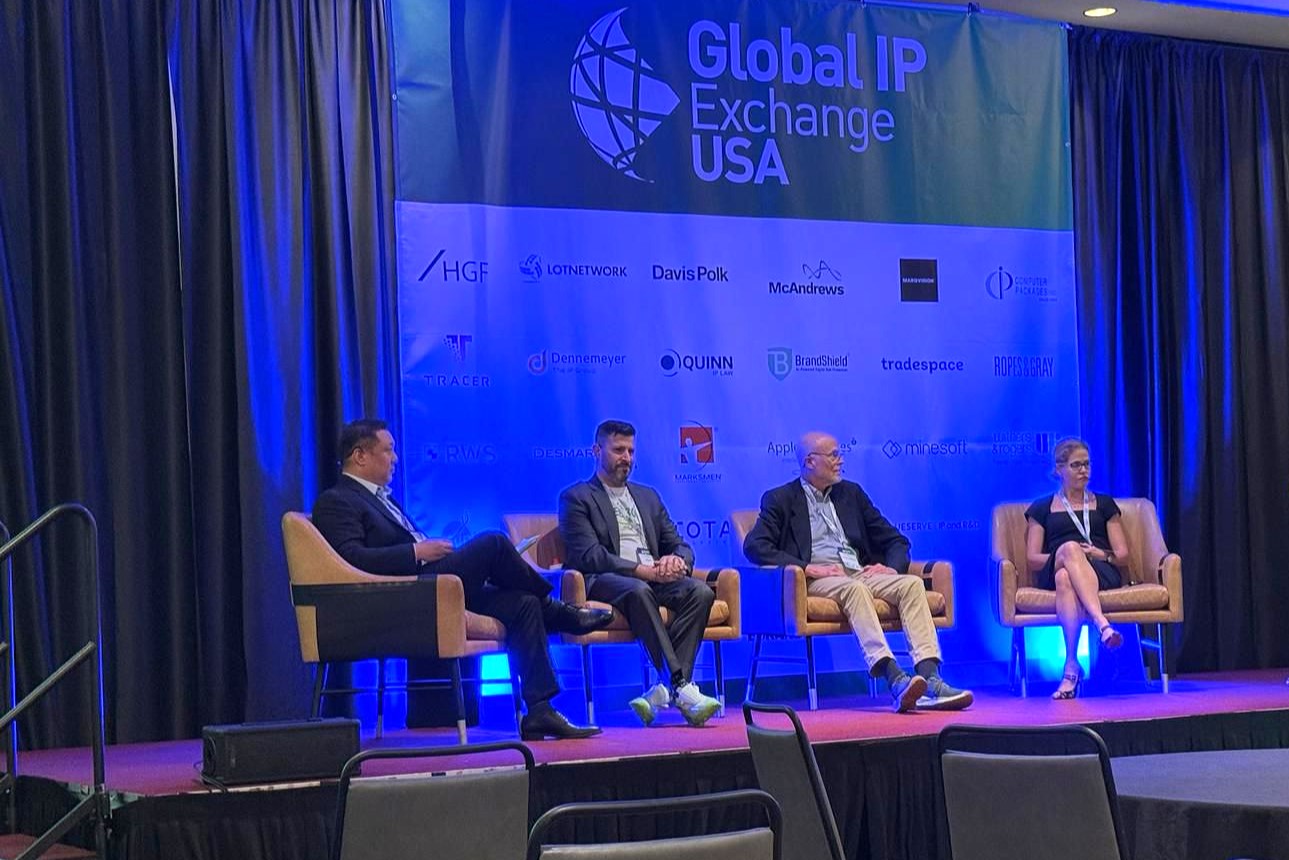Getting Ahead of Counterfeiting: From IP Issue to Business Challenge
At the IQPC US Global IP Exchange USA in January 2025, Spencer Yu, Vice President of Enterprise Sales at BrandShield, led a panel discussion on the evolving threat of counterfeiting and counterfeit challenges. Once seen primarily as an intellectual property (IP) issue, counterfeiting has now become a widespread business challenge, affecting brand reputation, consumer trust, and revenue. The panel examined how organizations are adapting their strategies to stay ahead of this growing threat.Missed the session? Here’s a recap of the key insights from:
“Getting Ahead of the Scheme – The Evolution of Counterfeiting from an IP Problem to a Business Problem.”
How Crucial is an Anti-Counterfeiting Program to Your Organization, and How Has it Evolved?
A strong anti-counterfeiting program is no longer optional; it is crucial to preserving a brand’s reputation and maintaining consumer confidence. Panelists emphasized that counterfeit goods are more sophisticated than ever, making it increasingly difficult for customers to differentiate between genuine and fake products.
Over time, anti-counterfeiting efforts have expanded beyond legal teams to involve marketing, IT, and even executive leadership. While many brands still rely heavily on legal teams, some have integrated marketing into the process to better identify legitimate resellers and educate consumers.
Do Customers Know or Care They Are Buying a Counterfeit? How Can Brands Make Them Care?
Consumer awareness plays a critical role in combating counterfeit sales. The panel identified three distinct categories of buyers:
- Knowingly Buying Counterfeits – Some consumers purchase counterfeit goods intentionally because they cannot afford the genuine product but still desire the brand name.
- Unknowingly Buying Counterfeits—Brands are most concerned about these consumers. If they receive subpar products, they may attribute the poor quality to the brand itself, damaging its reputation.
- Loyal Customers Seeking Authenticity – Consumers who value quality and brand integrity will go the extra mile to ensure their purchases are legitimate.
To address these challenges, brands have intensified their education efforts, highlighting key differences between real and fake products and using advanced authentication measures.
How Does Your Organization Combat the Growth of Counterfeit Sales on Social Media?
Eighteen years ago, social media was in its infancy—a place for connecting with friends, sharing updates, and building online communities. Today, platforms like Facebook, Instagram, and LinkedIn have evolved into major hubs for online commerce—and, unfortunately, hotspots for counterfeit activity.
According to the International AntiCounterfeiting Coalition (IACC), social media now accounts for up to one-third of all online counterfeit sales. Fraudsters exploit these platforms to create convincing fake storefronts, run sophisticated ad campaigns, and even use influencer partnerships to sell counterfeit goods under the guise of authenticity.
To combat this growing threat, brands actively monitor, detect, and report fraudulent listings. Yet enforcement remains a never-ending game of whack-a-mole. The moment one counterfeit listing is removed, another appears—often under a new account or using slightly altered branding to evade detection. Counterfeiters continuously adapt, leveraging AI-generated images, private groups, and encrypted messaging to stay ahead of enforcement efforts.
This cat-and-mouse game makes social media one of the most challenging battlegrounds for brand protection. As counterfeiters become more sophisticated, brands must also evolve—leveraging AI-driven monitoring tools, cross-platform intelligence, and collaboration with platforms and law enforcement to protect their reputation and consumers.
How Crucial is Image Detection Technology in Identifying Counterfeit Activity?
Trade dress and copyrighted images are increasingly being used by counterfeiters to mislead consumers. As keyword-based enforcement becomes less effective, counterfeiters are shifting to image-based listings.
The panelists emphasized the importance of image detection technology in identifying and removing counterfeit products online. This technology allows brands to quickly identify clusters of infringing items, making enforcement efforts more efficient and scalable.
Does Your Organization Conduct Offline Investigations, Raids, and Seizures? How Do You Decide When to Take Action?
While much of the battle against counterfeiting takes place online, offline activities such as test purchases, investigations, and raids remain crucial. Panelists agreed that these efforts, while expensive and time-consuming, are necessary for dismantling major counterfeit operations.
Seizures of large stockpiles, legal actions resulting in monetary damages, and even jail sentences for infringers underscore the importance of physical enforcement in complementing digital strategies.
How Does the Business Quantify the Value of an Anti-Counterfeiting Program, Both Online and Offline?
One of the biggest challenges brands face is proving the ROI of their anti-counterfeiting programs. Panelists noted that takedown numbers alone do not necessarily indicate success. Instead, meaningful metrics include:
- Reduction in counterfeit listings on priority marketplaces
- Increased difficulty in finding fake products via search engines
- Estimated revenue saved through enforcement actions
By presenting these data points, brands can better justify their anti-counterfeiting investments to executive leadership.
Conclusion: A Multi-Faceted Approach is Essential
The discussion at IQPC US Global IP Exchange USA underscored that counterfeiting is no longer just an IP issue—it’s a full-scale business challenge. From social media monitoring to image detection and offline enforcement, brands must adopt a comprehensive approach to protect their reputation and revenue.
By fostering collaboration between legal, marketing, IT, and executive teams, companies can stay ahead of counterfeiters and safeguard their customers.
As the landscape continues to evolve, brands must remain vigilant, proactive, and innovative in their brand protection strategies. The fight against counterfeiting is ongoing, but with the right tools and a unified effort, companies can significantly mitigate its impact.


